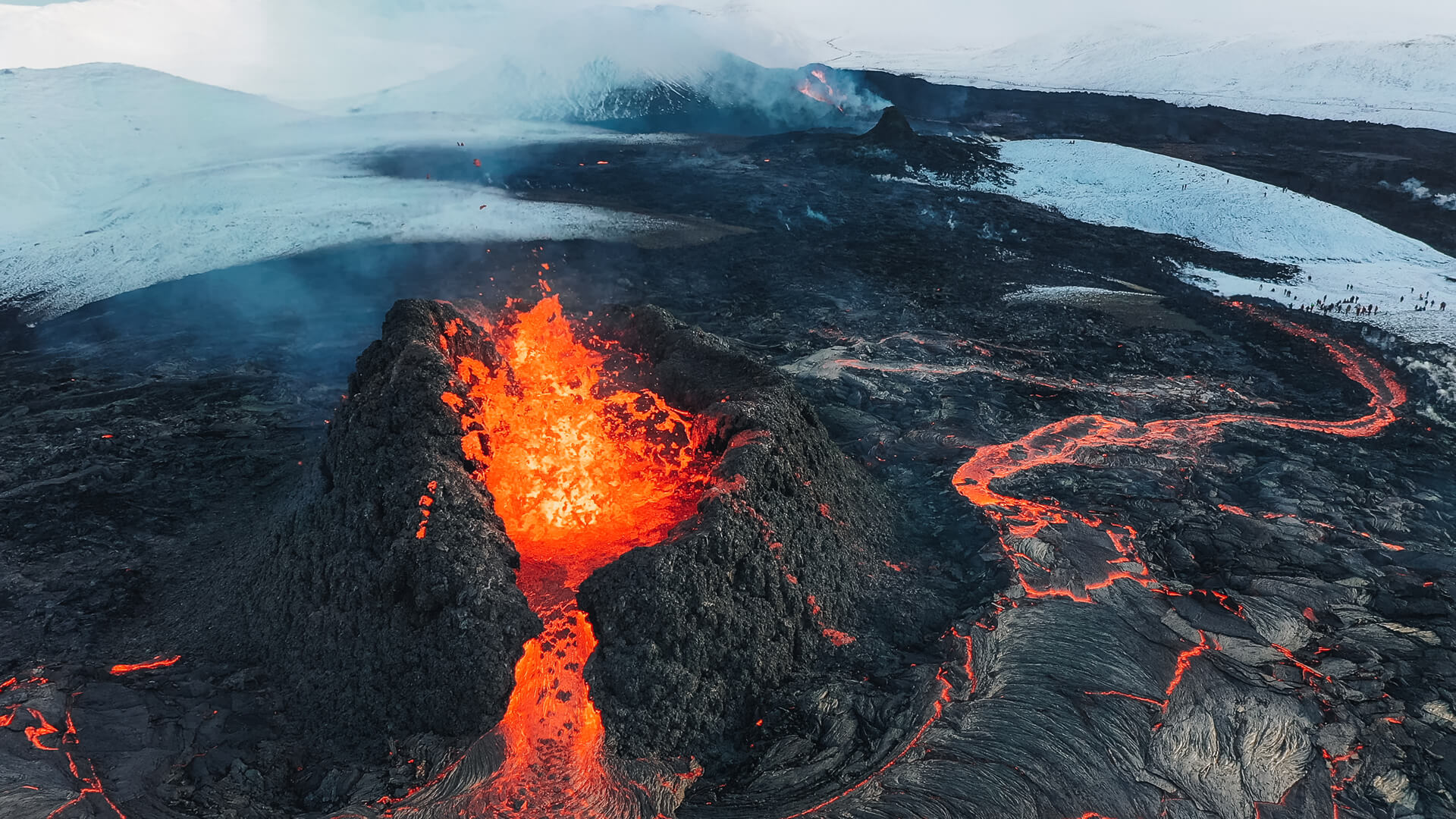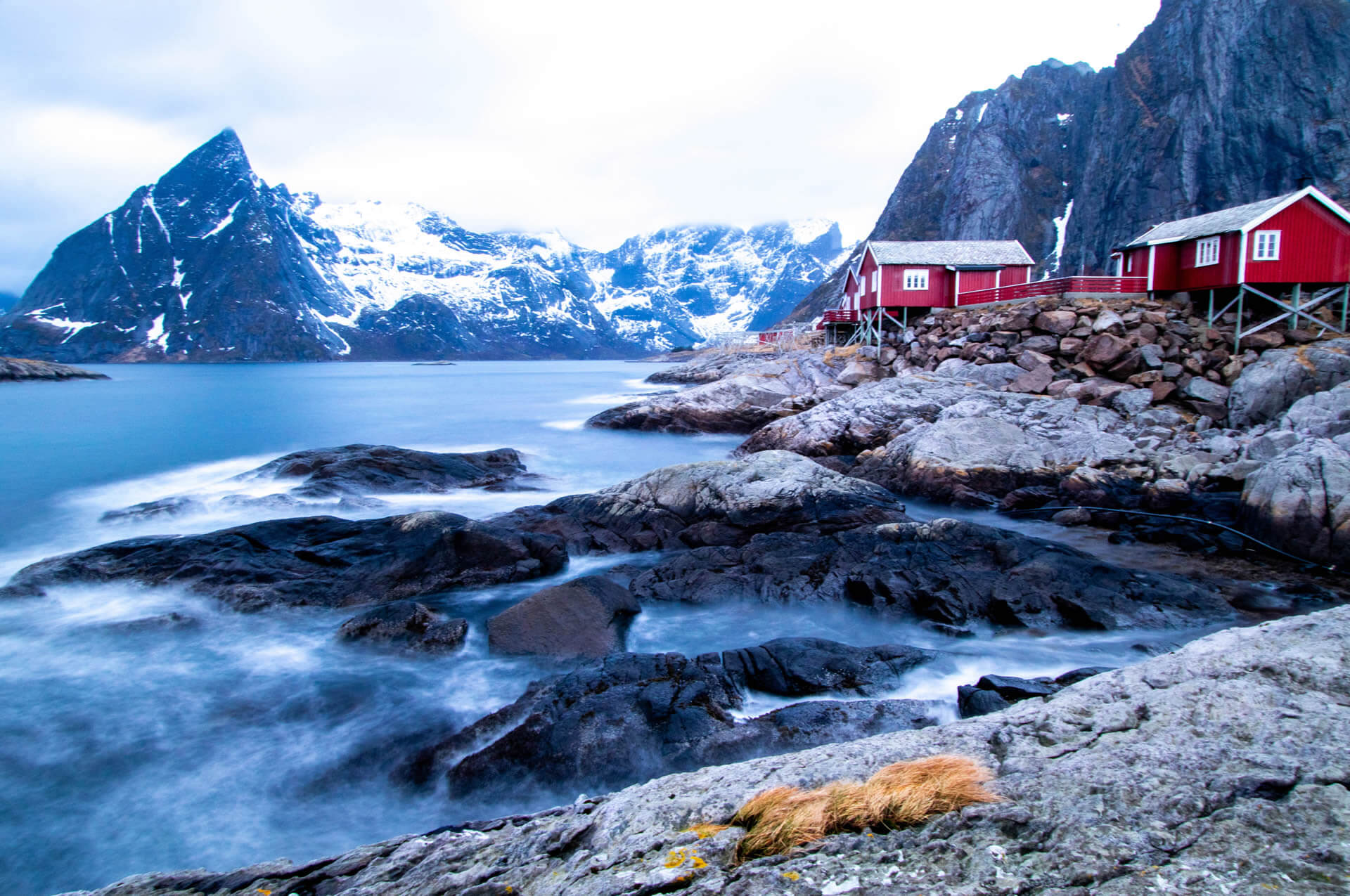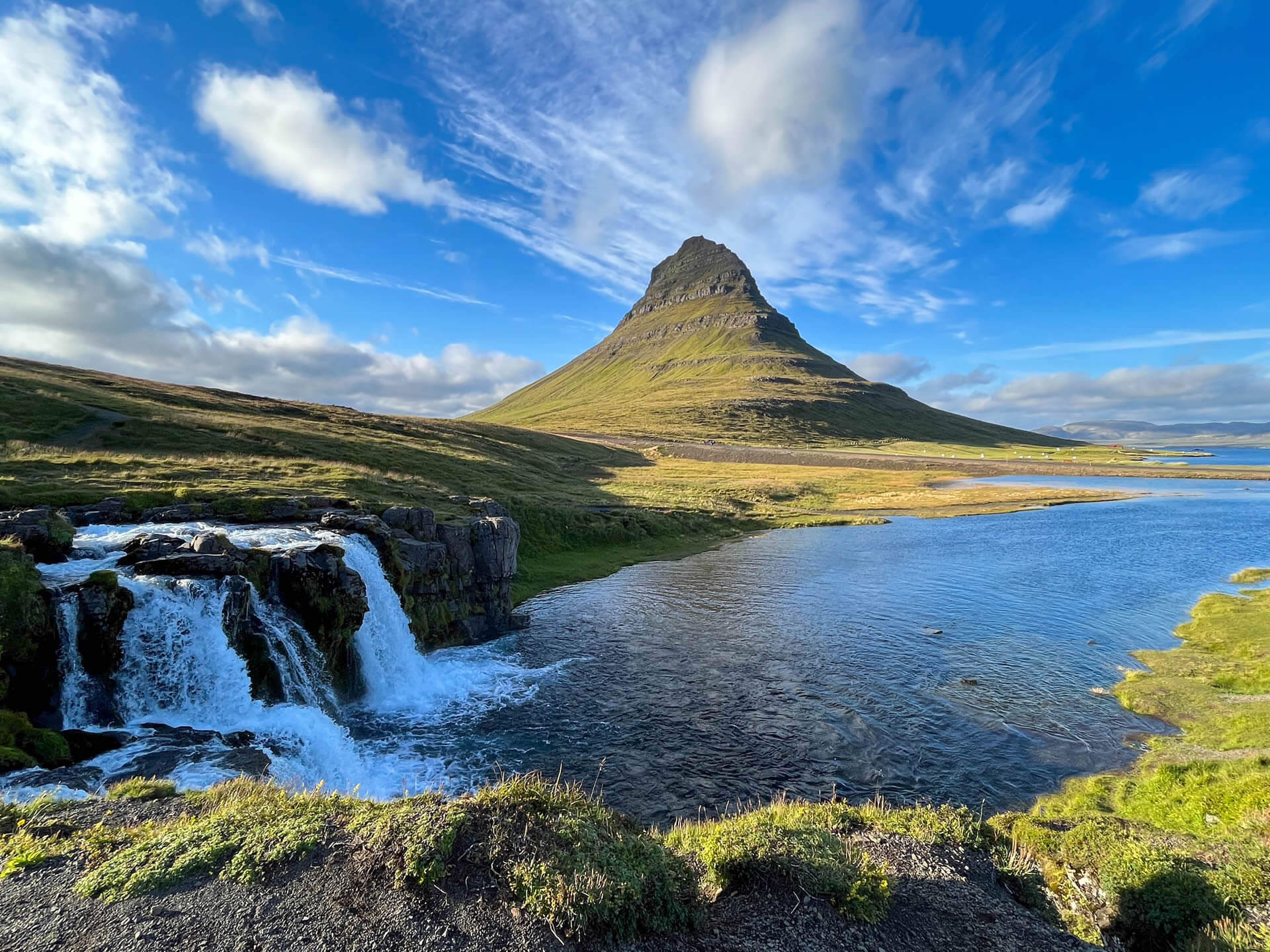
Capturing the Majestic Wilderness: Landscape Photography in the Northern Frontiers
T
he far Northern areas of our planet hold an irresistible charm for both intrepid adventurers and passionate photographers. With their awe-inspiring landscapes, unique natural phenomena, and a sense of untouched wilderness, these regions offer unparalleled opportunities for capturing incredible images. In this article, we embark on a captivating journey into the world of landscape photography in the Northernmost frontiers, delving into the intricacies of this art form and highlighting the remarkable features that make these regions a photographer’s dream.
What to expect
The Untamed Wilderness:
The Northernmost regions, including the Arctic Circle, Alaska, Greenland, Iceland, and the Scandinavian countries, boast vast expanses of untouched wilderness. These remote areas are havens for a diverse range of flora and fauna, presenting photographers with an array of subjects to capture. From sweeping tundras dotted with delicate wildflowers to towering snow-capped mountains and pristine forests, these landscapes offer a myriad of opportunities for visually stunning compositions. The challenge lies in capturing the essence of these untouched realms, conveying a sense of their raw beauty, and capturing the interaction between nature’s elements.
The Dance of Light and Color:
Landscape photography in the Northernmost areas is distinguished by the extraordinary play of light and colour that transpires in these regions. The extended golden hours and the sun’s low angle during the summer months create a soft, warm light that bathes the landscape in a magical glow. This delicate light enhances textures, accentuates details, and evokes a sense of tranquillity and serenity. In contrast, the winter months offer an entirely different spectacle: the dance of the Northern Lights. The aurora borealis, a phenomenon caused by solar particles interacting with the Earth’s magnetic field, paints the night sky with vibrant colours, transforming the darkness into a canvas of mesmerizing beauty. Photographers who venture into these regions patiently await these celestial displays, selecting optimal locations and timing to capture this ethereal dance and create images that evoke wonder and awe.
Weather and Environmental Challenges:
Photographing in the Northernmost regions presents a host of challenges due to the harsh weather conditions and extreme environments. Sub-zero temperatures, strong winds, and rapidly changing weather patterns demand careful preparation and specific gear. It is crucial to dress appropriately in multiple layers to stay warm and protect against the elements. Additionally, waterproof equipment is essential, as unexpected rain, snow, or mist can add an element of drama to the photographs. Understanding local weather patterns and being adaptable to sudden changes are skills that enable photographers to seize the moments of sublime beauty that often arise from the interplay between nature and the elements.
Conservation and Ethical Considerations:
As landscape photographers, it is our responsibility to approach our craft with a deep respect for the environment and the communities that inhabit these pristine areas. Practicing responsible tourism, adhering to local regulations, and minimizing our ecological footprint is essential to preserving the fragile ecosystems we explore. Furthermore, supporting local conservation initiatives and engaging with the local communities help foster sustainable practices and contribute to the long-term protection of these extraordinary landscapes.
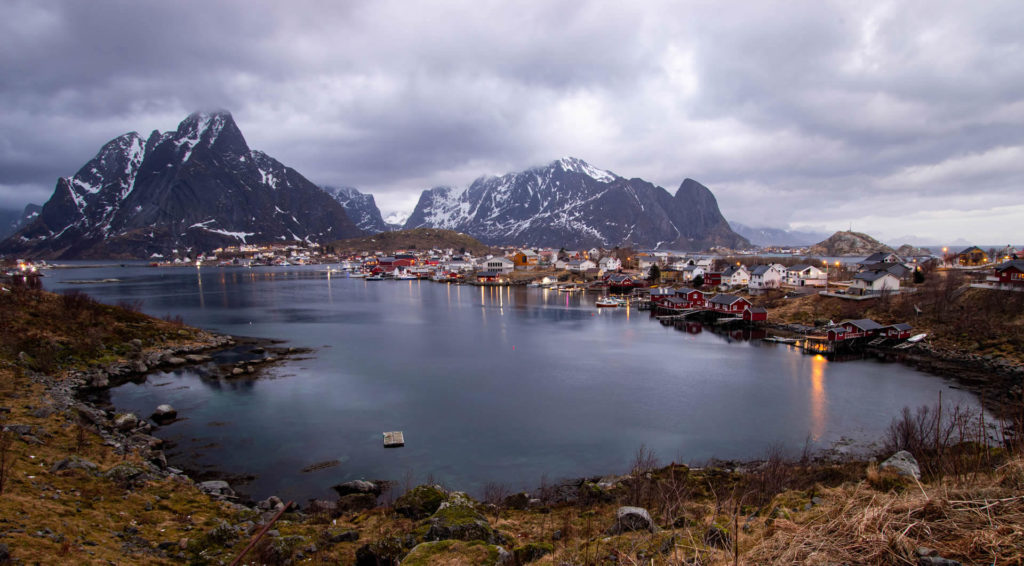
Be prepared
When it comes to landscape photography in the Northern regions, having the right gear can significantly enhance your ability to capture stunning images. The challenging environments and unique lighting conditions require equipment that can withstand harsh weather, handle low-light situations, and capture the grandeur of the landscapes. Here are some essential gear recommendations:
Camera Body:
Invest in a high-quality DSLR or mirrorless camera with a full-frame sensor. Full-frame sensors provide better dynamic range and low-light performance, allowing you to capture more detail in challenging lighting conditions. Look for a camera body with good weather sealing to protect against moisture, dust, and extreme temperatures. If you are operating your camera in winter, sub-zero temperatures, remember that condensation poses a threat to your camera, as it can freeze its internal parts; what is more, the LCD screen can black out and some customizable functions may become unavailable. To avoid this risk, use a moisture-proof case and consider wrapping your gear (lenses and camera body) in neoprene or other insulating material.
Abrupt changes in temperature create condensation: if you enter a warm environment after having used your camera outside, put it in a closed bag and wait 10-15 minutes before taking it out, to allow it to acclimatize.
You may love majestic waterfalls and the moody atmosphere of rainy days, but your camera surely does not. Humidity can cause fungus to grow inside your camera body and if water comes in contact with the batteries or the power board the risk of a short circuit and of significant damage is high.
Make sure that you have a rain cover or at least a plastic bag available, as an emergency rain cover. Also, consider using silica gel packets in your camera bag, to absorb humidity; as mentioned above, a moisture-proof case is the best solution, and remember to keep your camera in its case when you do not use it.
Keep dry, microfiber cloths handy, to clean your lenses and the camera exterior.
Lenses:
When it comes to lenses, your choice should be guided by your preferences. A wide-angle lens is recommended for landscape photography as it allows you to capture expansive vistas and emphasize the scale of the Northern landscapes. A versatile lens in the range of 16-35mm or 24-70mm is a great choice, as it also allows you to take pictures at a focal distance similar to the one of the human eye. Additionally, consider carrying a telephoto lens (70-200mm or longer) to capture distant subjects or compress perspectives, adding diversity to your portfolio. Keep in mind that lenses are as delicate as camera bodies when they are exposed to the natural elements, therefore be equipped with adequate protection for your lenses as well.
Tripod:
A sturdy tripod is a must-have for landscape photography. It helps stabilize your camera, especially in low-light conditions, allowing you to capture sharp images with longer exposure times. Look for a tripod made of lightweight yet robust materials and ensure it can handle the weight of your camera and lenses.
Also, look for strategies to stabilize your tripod: choosing stable ground and avoiding touching the shutter button are the easiest ways to reduce camera movements. Creating a wide base lowers the center of gravity, thus increasing the stability of your camera – clearly, this is only possible if your tripod does not have leg braces.
Extend the thick sections of the tripod legs first, as they are more stable, and keep the center pole as low as possible.
Another strategy photographers commonly use to increase the stability of their tripod is weighting it down: some tripods already have a hook at the base of the central pole, which can be used to hang moderately heavy objects (your camera bag, for instance); if your tripod does not have a hook, you can use a tripod pole clamp. Other gadgets, such as tripod stone bags, are available and easy to use and transport in your bag.
Remote Shutter Release:
A remote shutter release or intervalometer is beneficial for minimizing camera shake when shooting long exposures. It allows you to trigger the shutter without physically touching the camera, resulting in sharper images.
Filters:
Landscape photography in the Northern regions presents unique challenges and opportunities due to the distinct lighting conditions and natural phenomena. To make the most of your photography in these areas, consider using the following filters:
- Circular Polarizer (CPL) Filter:
A Circular Polarizer is one of the most versatile and essential filters for landscape photography. It helps reduce glare and reflections from non-metallic surfaces, such as water and foliage, allowing you to capture richer colors and increased contrast. In the Northern regions, where bodies of water and icy surfaces are prevalent, a CPL filter can be particularly beneficial in enhancing the visual impact of your images.
- Graduated Neutral Density (GND) Filter:
The Northern landscapes often feature stark contrasts between bright skies and darker foregrounds. A Graduated Neutral Density filter helps balance the exposure by reducing the brightness in the sky while retaining the detail in the landscape below. This filter is especially useful during sunrise and sunset when the sky is much brighter than the ground. GND filters come in various strengths, from soft to hard transitions, allowing you to choose the best fit for the scene.
- Neutral Density (ND) Filters:
ND filters are essential tools for long-exposure photography in the Northern regions. They reduce the amount of light entering the lens, allowing you to use longer shutter speeds even in bright conditions. This is particularly useful for creating smooth water effects in rivers and waterfalls, capturing cloud movements, and giving a dreamy quality to seascapes.
Those who want to up their filter game may also consider
- Reverse Graduated Neutral Density (Reverse GND) Filter:
A Reverse GND filter is a specialized version of the GND filter designed for sunrise and sunset photography. It has a darker band in the center that gradually lightens towards the top and bottom. This filter is ideal for capturing dramatic sunrises and sunsets where the brightest part of the scene is near the horizon. It helps prevent overexposure of the sun and balances the exposure between the sun and the landscape.
- Infrared (IR) Filter:
If you want to experiment with a unique and otherworldly look, an infrared filter can be a fascinating addition to your gear. Infrared filters block visible light while allowing infrared light to pass through, resulting in surreal, monochromatic images with white foliage and dark skies. In the Northern regions, where the landscapes are already ethereal, an infrared filter can add a mystical touch to your photographs.
Extra Batteries and Memory Cards:
Cold temperatures drain battery life quickly, so carrying spare camera batteries is essential. Make sure to keep them warm in a pocket close to your body for extended usage. Additionally, bring multiple high-capacity memory cards to accommodate the large file sizes of high-resolution images and ensure you don’t run out of storage space.
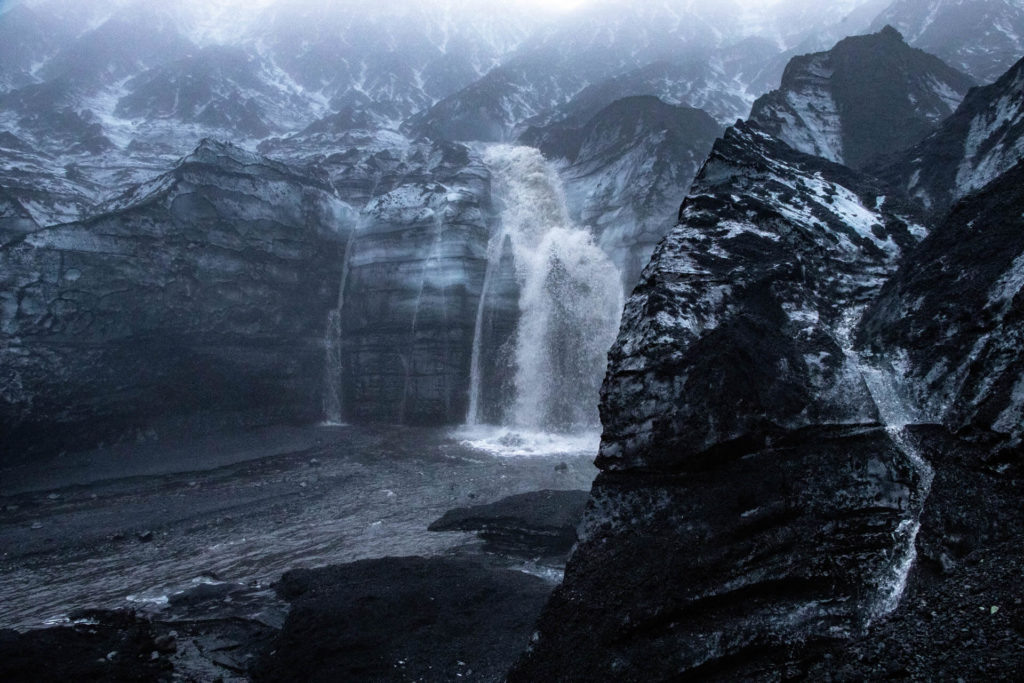
Clothing and Personal Gear:
Don’t forget to invest in proper outdoor clothing and gear to keep yourself warm, dry, and comfortable in extreme temperatures. Layered clothing, waterproof outerwear, insulated gloves, and sturdy footwear are essential to protect against cold, wind, and wet conditions. Additionally, as mentioned before, pack a lens cleaning kit, microfiber cloths, and lens cloths to maintain your gear in pristine condition.
Remember, the gear you choose should suit your specific needs, shooting style, and budget. Research and test equipment before embarking on your Northern adventure to ensure you are comfortable with its operation and capabilities. With the right gear in hand, you’ll be well-prepared to capture the extraordinary landscapes and unique phenomena that await you in the Northernmost regions.
Venturing into the Northernmost frontiers as a landscape photographer is a transformative and exhilarating experience. The untamed wilderness, the dance of light and colour, and the challenges of the environment converge to create a realm of infinite possibilities. By understanding the unique characteristics of these regions, embracing the raw beauty of nature, and respecting the fragile ecosystems, photographers can create evocative visual narratives that transport viewers to these ethereal realms. So, grab your camera, pack your gear, and embark on a voyage to the Northernmost frontiers, where wonders and untold stories await your lens, allowing you to capture the essence of these remarkable lands for generations to come.
Jessica Giuffrida
I’m Jessica Giuffrida, an avid reader and knowledge enthusiast who is always seeking new insights and perspectives. Welcome to my blog!



